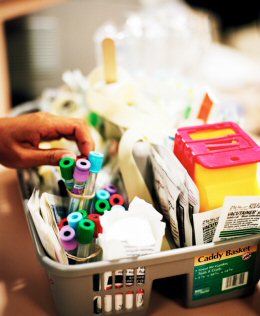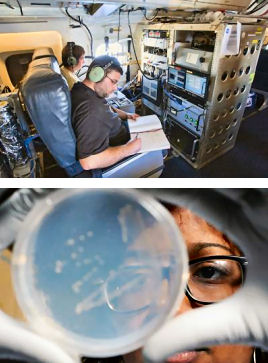
The fact that some pathogenic bacteria swim “to the left” could explain the high incidence of infections associated with catheters in hospital patients, say researchers from Yale. The new study into bacterial “swimming” styles appears inPhysical Review Letters.
To get to grips with bacterial backstroke, Yale hydrodynamics engineer, H�r Köser, constructed microfluidic devices with channels that were between 150 or 300 microns wide and 50 to 450 microns deep. Köser and his team then observed how the bacteria moved in the channels at a variety of flow rates.
“E. coli and some other pathogenic bacteria with flagella interact with the flow of liquid when they are near a surface,” explained Köser. “Each cell normally has two to six flagella that can rotate together as a bundle and act as a propeller to drive the cell forward.
The study contends that swimming “to the left” is a hydrodynamic process that is fundamentally related to the way the organisms propel themselves. According to Köser, this left-bias allows flagellated bacteria to find crevices or imperfections on a surface, get trapped, and swim upstream. This type of movement gives the bacteria the best chance of locating richer sources of food and better conditions for multiplying.
“We think that upstream swimming of bacteria may be relevant to the transport of E. coli in the urinary tract,” said Köser. “It might also explain the high rates of infection in catheterized patients and the incidence of microbial contamination at protected wellheads. To our knowledge, this is the first time that a natural propensity to swim upstream has been discovered and described in bacteria.”


















Comments are closed.